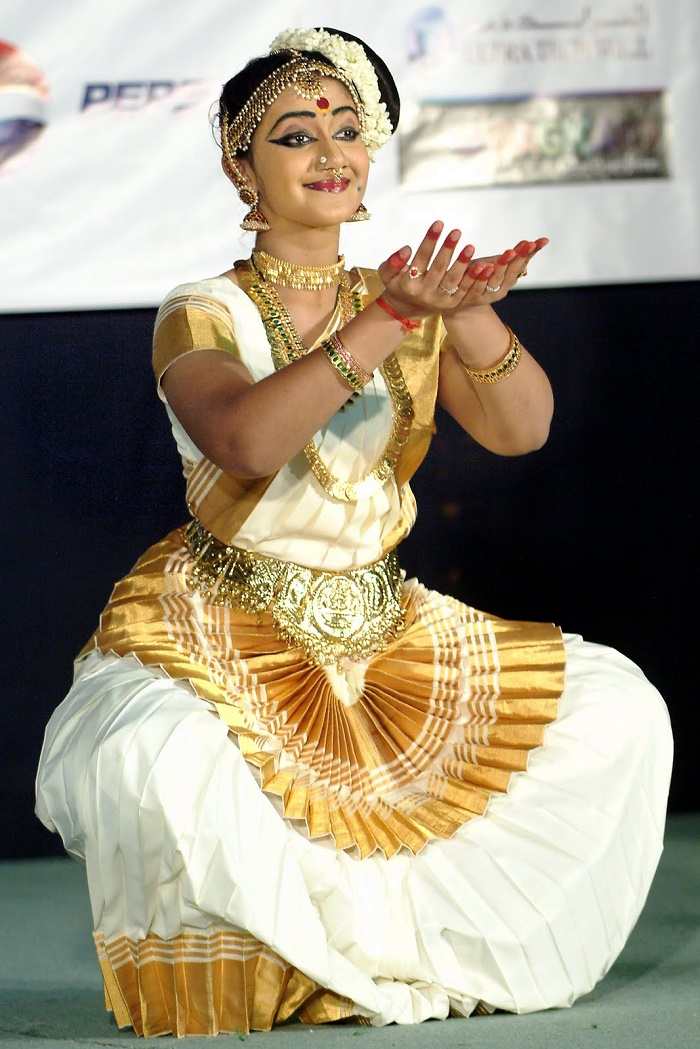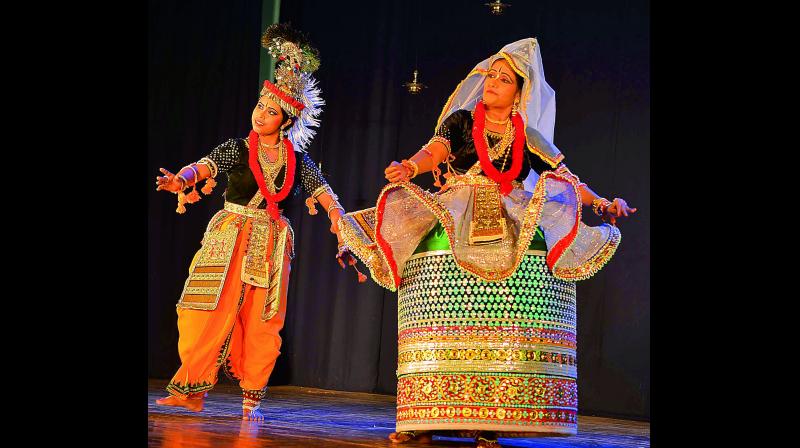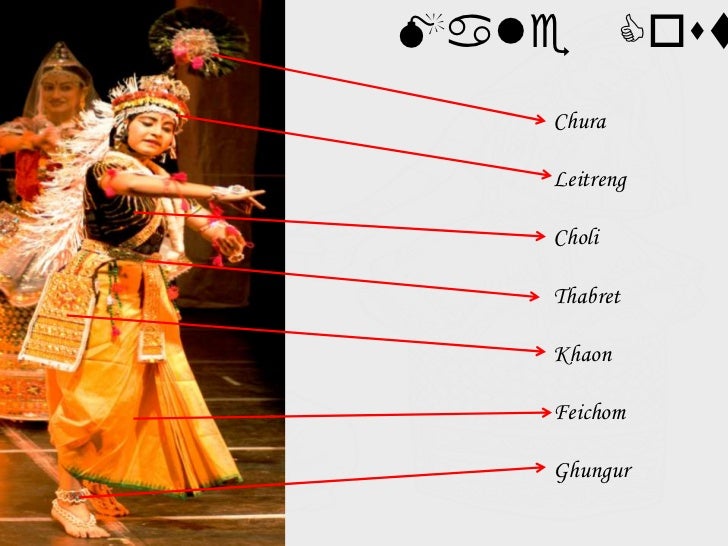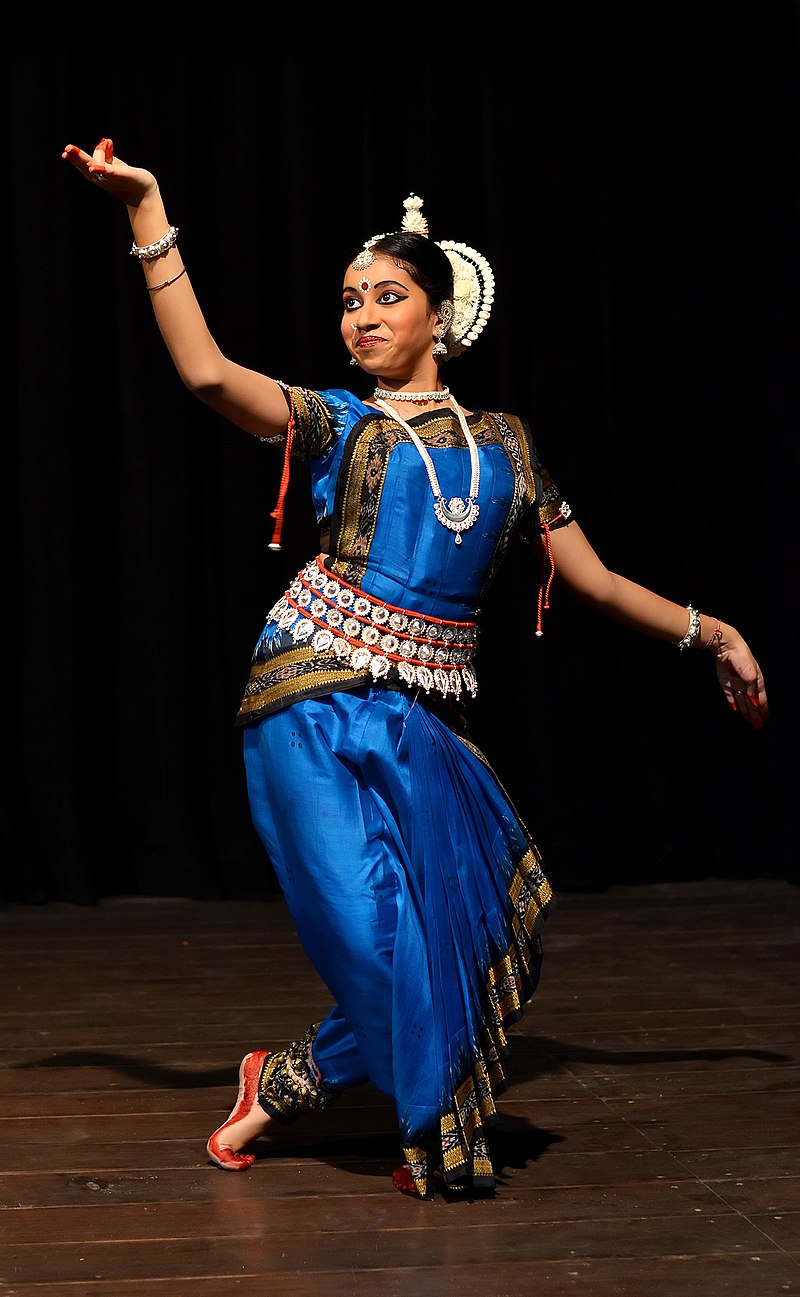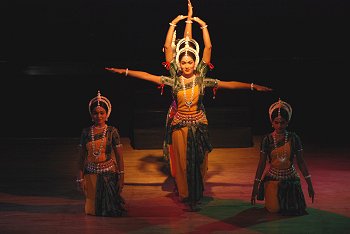CHHAU
Chhau dance, also spelled as Chau or Chhaau, is a semi classical Indian dance with martial, tribal and folk traditions, with origins in the eastern Indian state Odisha. It is found in three styles named after the location where they are performed, i.e. the Purulia Chau of Bengal, the Seraikella Chau of Jharkhand, and the Mayurbhanj Chau of Odisha.
The dance ranges from celebrating martial arts, acrobatics and athletics performed in festive themes of a folk dance, to a structured dance with religious themes found in Shaivism, Shaktism and Vaishnavism. The costumes vary between the styles, with Purulia and Serakeilla using masks to identify the character. The stories enacted by Chhau dancers include those from the Hindu epics the Ramayana and the Mahabharata, the Puranas and other Indian literature.
The dance is traditionally an all males troupe, regionally celebrated particularly during spring every year, and may be a syncretic dance form that emerged from a fusion of classical Hindu dances and the traditions of ancient regional tribes. The dance is amazing and brings together people from diverse socio-economic backgrounds in a festive and religious spirit.
Three styles of Chhau
The Seraikella Chhau developed in Seraikela, the present day administrative headquarters of the Seraikela Kharsawan district of Jharkhand, the Purulia Chhau in Purulia district of West Bengal and the Mayurbhanj Chhau in Mayurbhanj district of Odisha. The most prominent difference among the three subgenres is regarding the use of masks. While, the Seraikela and Purulia subgenres of Chhau use masks during the dance, the Mayurbhanj Chhau uses none.
The Seraikella Chhau's technique and repertoire were developed by the erstwhile nobility of this region who were both its performers and choreographers, and in the modern era people from all backgrounds dance it. The Seraikella Chhau is performed with symbolic masks, and the acting establishes the role the actor is playing. The Purulia Chhau uses extensive masks shaped in the form of the character being played; for example, a lion character has a face mask of lion and body costumes too with the actor walking on all fours. These masks are crafted by potters who make clay images of Hindu gods and goddesses and is primarily sourced from the Purulia district of West Bengal. In the Mayurbhanj Chhau is performed without masks and is technically similar to the Seraikella Chhau.
Chhau mask
The most interesting fact, Purulia Chhau Dance is listed on UNESCO’s world heritage list of dances. The main difference between the Purulia chhau and Odisha chhau is in the use of the mask. Purulia chhau used the mask in dance, but Odisha does not have the mask thereby adding facial expression with body movement and gesture. Traditionally, the chhau dance held in the mid march when one agricultural circle end and a new circle begins. Purulia chhau dancer were the earthy and theatrical mask which represent the mythological characters. After making the shape of mask with clay, it is coloured and decorated with Shola and other things.
The Chhau mask of Purulia is registered under Geographical Indications. As the basic difference of Purulia Chhau the mask is unique and traditional.
These chhau masks are made by the artists from the Sutradhar community. The making of a mask goes through various stages. 8-10 layers of soft paper, immersed in diluted glue, are pasted one after another on the mould before the mud mould is dusted with fine ash powder. The facial features are made of clay. A special layer of mud and cloth is applied and the mask is then sun-dried. After this, the mould is polished and the second round of sun drying is done before separating the layers of cloth and paper from the mould. After finishing and drilling of holes for the nose and eyes, the mask is colored and decorated.




